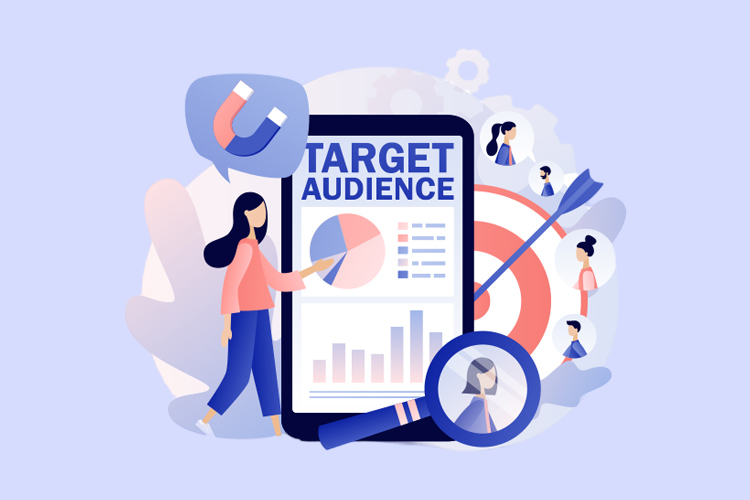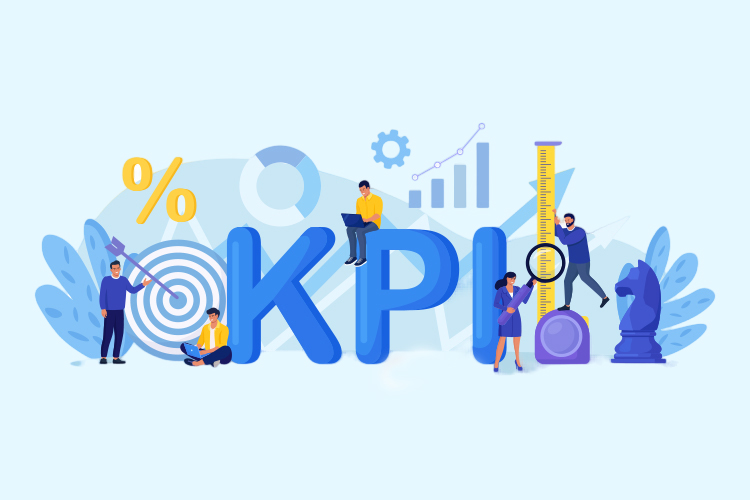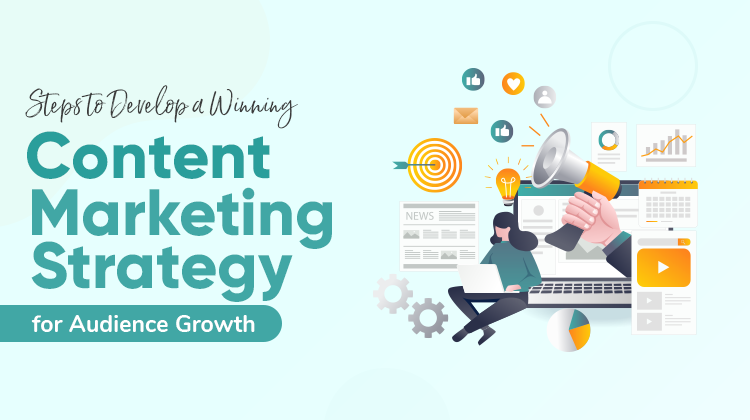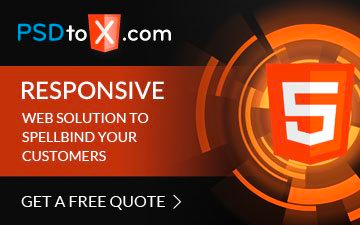Content marketing strategy is the process of planning, creating, delivering, and managing valuable content that attracts, retains, and converts your target audience into customers. Developing a content marketing strategy is crucial for audience growth as it helps to provide a clear roadmap for creating and distributing valuable content that meets your audience’s needs.
Content marketing has become an essential part of any successful marketing strategy. In order to grow your audience and achieve your marketing goals, it is essential to have a well-thought-out content marketing strategy in place. However, creating a winning content marketing strategy can be a daunting task, especially if you don’t know where to start. This blog post aims to provide you with a step-by-step guide on how to develop a winning content marketing strategy for audience growth.
Get to Know Your Peeps: Understand Your Audience
The first step to creating a successful content marketing strategy is to understand your audience. To develop a successful content marketing strategy, understanding your audience is key. Knowing who your audience is, what they want, and what motivates them is essential in creating content that resonates with them. There are several effective ways to gather information about your audience, and it’s important to use a combination of methods for the most comprehensive understanding such as:
-
Conducting surveys or polls:

One way to gather information is by conducting surveys or polls. This method allows you to ask specific questions and collect quantitative data about your audience’s demographics, preferences, and behaviors.
-
Analyzing website or social media analytics:

Another way to gain insights is by analyzing website or social media analytics. By reviewing data on website traffic, page views, bounce rates, and social media engagement, you can understand your audience’s behavior and interests.
-
Monitoring conversations on social media:

Monitoring conversations on social media is also a valuable method to gather qualitative data and understand your audience’s thoughts and opinions.
-
Conducting focus groups or interviews:

Conducting focus groups or interviews is another effective method to gather insights about your audience. This method allows you to have a direct conversation with your audience, ask open-ended questions, and gain a deeper understanding of their attitudes and perceptions.
Once you have gathered information about your audience, it’s important to use this information to create inclusive content. Inclusive content is essential to building trust and credibility with your audience. It shows that you understand and care about their needs, perspectives, and experiences. By creating inclusive content, you can reach a broader audience, increase engagement, and ultimately drive more conversions. To create inclusive content, consider your audience’s demographics, preferences, and behaviors, and how your brand can authentically and meaningfully engage with them.
Find Your Soul (Brand): Define Your Purpose and Values
Defining your brand’s purpose and values is the next crucial step in developing a winning content marketing strategy. Your brand’s purpose is the reason your business exists, and your values are the principles that guide your decision-making. Here are some key points to consider when defining your brand’s purpose and values:
-
Identify your brand’s purpose:

Start by asking yourself why your business exists. What is the problem you are trying to solve, and what value do you bring to your audience? Your purpose should be clear, concise, and meaningful.
-
Define your brand’s values:

Your brand’s values are the principles that guide your decision-making. They reflect what your brand stands for and how you want to be perceived by your audience. Consider what is important to your business, and identify the values that align with your purpose.
-
Ensure inclusivity:

When defining your purpose and values, it’s essential to ensure that they are inclusive. Inclusive purpose and values are those that align with social justice, diversity, and equality. Ensure that your purpose and values reflect your commitment to creating a more inclusive world.
-
Examples of inclusive purpose and values:

There are many examples of inclusive brand purpose and values that you can draw inspiration from. Examples include promoting sustainable practices, empowering underrepresented communities, advocating for human rights, and promoting diversity and inclusion.
By defining your brand’s purpose and values, you can create content that is aligned with your brand and resonates with your audience. Ensure that your purpose and values reflect your commitment to creating a more inclusive world, and use them as a guide in your content creation. Remember, inclusive content is essential to building trust and credibility with your audience, so be intentional in your efforts to create content that resonates with your audience.
Aim High (And Smart): Set SMART Goals
The third step is to set SMART goals for your content marketing strategy. SMART goals are specific, measurable, achievable, relevant, and time-bound. Setting SMART goals is essential because it helps you to stay focused and motivated, and to measure the success of your content marketing strategy. Here are some tips for setting SMART goals:
-
Specific:

A specific goal provides a clear direction for your content marketing strategy. Instead of setting a general goal like “increase website traffic,” make it more specific by saying “increase website traffic from social media channels by 20% in the next six months.”
-
Measurable:

Measuring the success of your content marketing strategy is essential. Use tools like Google Analytics to track your progress towards your goals.
-
Achievable:

Set goals that are challenging but achievable. Stretching yourself too far can lead to disappointment and frustration, while setting goals that are too easy won’t push you to reach your full potential.
-
Relevant:

Make sure your goals are relevant to your overall business objectives. For example, if your business objective is to increase sales, your content marketing goals should be focused on driving conversions.
-
Time-bound:

Setting a deadline for your goals helps to create a sense of urgency and keeps you on track. Make sure your deadlines are realistic and achievable.
Setting SMART goals for your content marketing strategy can help you to stay focused and motivated, measure your success, and make adjustments as needed.
Examples of SMART goals for content marketing include increasing website traffic by 20% in the next six months, generating 50 leads per month through content marketing, or increasing social media engagement by 25% in the next quarter.
Content is Queen (or King): Develop a Content Strategy
The fourth step is to develop a content strategy. A content strategy is a plan that outlines how you will create, publish, and distribute content that is aligned with your brand’s purpose, values, and goals. A content strategy should include a content calendar that outlines the topics, formats, and channels for your content.
Developing a content strategy is a critical component of a successful content marketing strategy. Here are some additional tips for developing a winning content strategy:
-
Identify your target audience:

Determine who your audience is and what type of content they are interested in. Use your audience research to create buyer personas that represent your ideal customers.
-
Set content goals:

Define what you want to achieve with your content, such as increasing website traffic, generating leads, or improving brand awareness.
-
Determine content formats:

Choose the type of content that will best engage your audience, such as blog posts, videos, infographics, social media posts, or podcasts.
-
Create a content calendar:

Plan and schedule your content in advance using a content calendar. This ensures that your content is consistent and aligned with your overall strategy.
-
Repurpose content:

Repurpose your content across different channels and formats to reach a wider audience and maximize your content’s impact.
When developing your content strategy, it’s important to create inclusive content that resonates with your audience. Some tips for creating inclusive content include:
- Using inclusive language
- Avoiding stereotypes
- Representing diverse voices and perspectives
- Including accessibility features, such as alt text for images and closed captions for videos.
By developing a comprehensive content strategy, you can ensure that your content is aligned with your business goals and resonates with your target audience. Inclusive content is key to building trust and credibility with your audience, and it can help you stand out in a crowded market.
Crunch the Numbers: Measure and Analyze Your Results
The final step is to measure and analyze your results. Measuring and analyzing your results is essential because it helps you to identify what is working and what is not, and to make data-driven decisions to improve your content marketing strategy.
Some metrics to track when measuring your content marketing strategy include website traffic, engagement rates, conversion rates, and social media metrics. It’s also essential to use data to continuously improve your content marketing strategy. For example, if you notice that a particular type of content is performing well, you may want to create more of that type of content.
To help you effectively measure and analyze your results, here are some tips to keep in mind:
-
Set up analytics tools:

Make sure you have the appropriate analytics tools in place to track and measure your results, such as Google Analytics or social media analytics tools.
-
Determine KPIs:

Identify key performance indicators (KPIs) that are aligned with your SMART goals and track them regularly.
-
Analyze trends:

Look for trends in your data over time to identify patterns and areas for improvement.
-
A/B testing:

Use A/B testing to compare different versions of your content or campaigns and see which performs better.
-
Adjust your strategy:

Use your data to make informed decisions about adjustments to your content marketing strategy. Remember, data-driven decisions are critical for improving the effectiveness of your content marketing efforts.
By following these tips and continuously monitoring and analyzing your results, you can ensure that your content marketing strategy is continuously improving and delivering the results you need for audience growth.
Conclusion
Developing a winning content marketing strategy for audience growth takes time, effort, and a clear understanding of your audience, brand, goals, and metrics. By following the steps outlined in this blog post, you can create a content marketing strategy that resonates with your audience, aligns with your brand’s purpose and values, and achieves your SMART goals.
Remember, inclusivity should be at the forefront of your content marketing strategy. By creating inclusive content, you can build trust and credibility with your audience, and ultimately drive more engagement and conversions.
So, get to know your audience, define your brand’s purpose and values, set SMART goals, develop a content strategy, and measure and analyze your results. With these steps in place, you’ll be on your way to developing a winning content marketing strategy for audience growth. Good luck!



